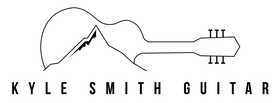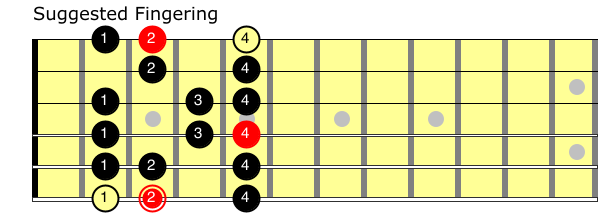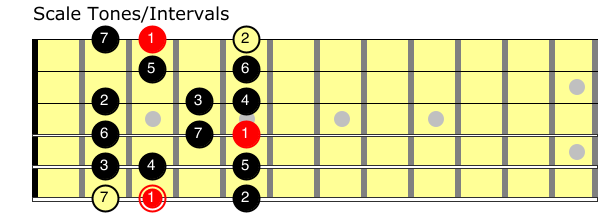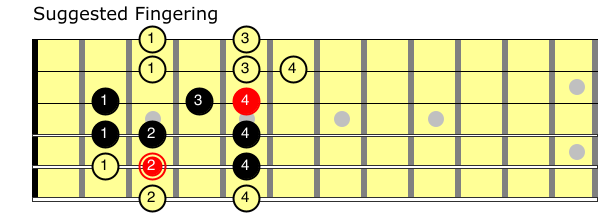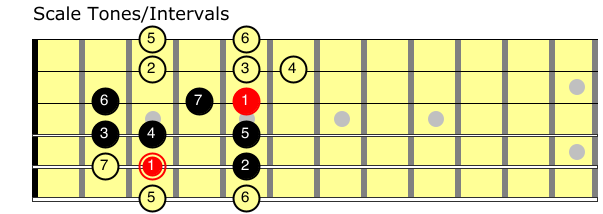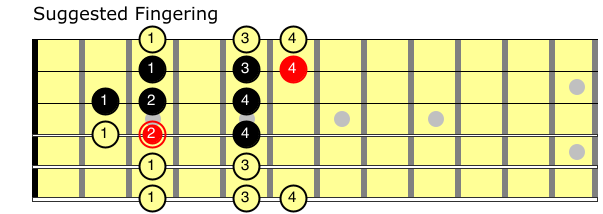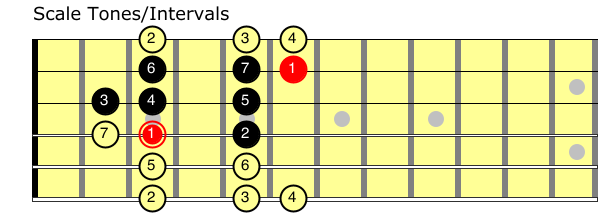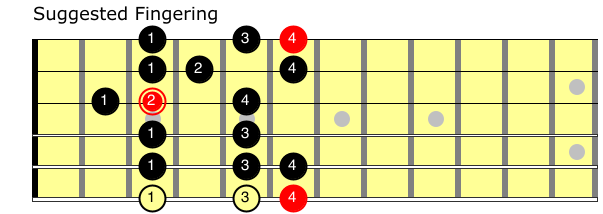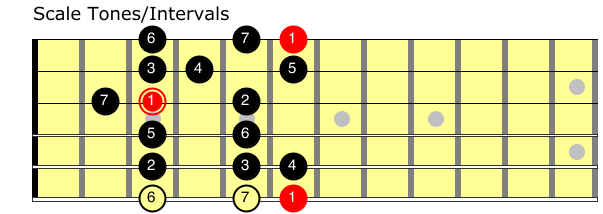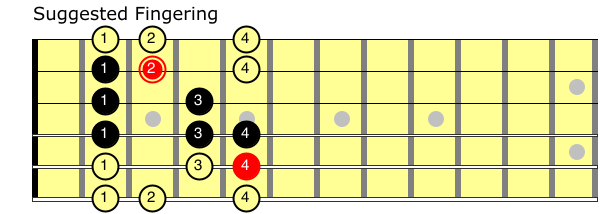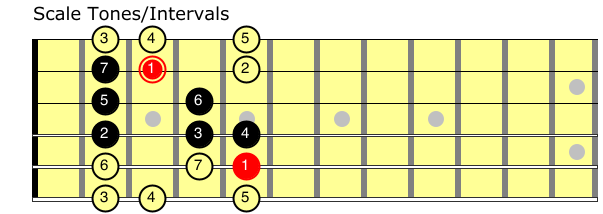 Major scales are important for all guitar players to learn. These patterns form the foundation of our musical system - knowing your major scales will open up many more possibilities for what you are able to play and understand in music. For guitar players, knowing how to play major scales can help you master the fretboard, play by ear, and develop your technique. Most of our music theory works in relation to the major scale, so working with these patterns will give you the tools you need so you can understand music better, and communicate with other musicians. These scales are important for every style, and if you want to learn to play jazz guitar, learning your major scales is an essential first step. What Do You Need First?If you're interested in learning your major scales, you can jump right in with this lesson. You don't necessarily need to know anything else before you start. To make this process easier though, it would be helpful if you were already familiar with your major pentatonic scales. The major scales in this lesson build off of the same basic finger patterns, with some changes and added notes. Knowing the notes on the guitar neck is going to be helpful when it comes to using the major scales in your playing - check out this lesson to find out more. Again, you don't have to know this first, but it helps to know what major scale you are actually playing if you want to use it to play music. Feel free to use the fretboard map below as a reference as you go through this lesson. How To Practice These ScalesWork on one scale pattern at a time. Get comfortable with the 6th string form first. It doesn't have to be perfect in order to move on - if you can play it right most of the time without thinking too hard, it's time to try a new scale pattern. Make sure you're always starting and stopping on the root note that matches the shape name. For the 6th string form, start and stop at the root (red note) on the 6th string. For the 5th string form, start and stop at the root (red note) on the 5th string, and so on. Follow the playing example in TAB and notation to make sure you're doing it correctly. Once the pattern is more automatic, try following along with the scale tones/intervals instead. Major Scale ConstructionEach scale shape in this lesson will be presented two ways: once with the suggested finger pattern, and once with the scale tones or intervals. The suggested finger pattern is the best way to get down the mechanics of the scale at first. Do your best to stick to the finger patterns that are provided. Once you can play the pattern fairly easily, it's better to start thinking about the intervals instead. The interval or scale tone numbers refer to the distance a note is from the root of the scale. The major scale is made up of seven notes before it starts over at a new octave: Root (1), major second (2), major third (3), perfect fourth (4), perfect fifth (5), Major sixth (6), and major seventh (7). Try saying these out loud to yourself as you play. It will help internalize the parts of the major scale, and help you get used to what each scale tone sounds like. 5 Major Scale ShapesWe're going to be looking at 5 different major scale shapes, each starting on a different string. Each scale shape will each be labeled after the string we are using as a starting point: 6th string form, 5th string form, 4th string form, 3rd string form, and 2nd string form. This labeling system will keep you organized, and makes it easier to quickly locate your starting point for any scale. Being able to find your starting point on each string is an essential skill if you want to be able to play all over the guitar fretboard using scale shapes. 6th String FormPractice Example5th String FormPractice Example4th String FormPractice Example3rd String FormPractice Example2nd String FormPractice ExampleMore Practice TipsGo slowly at first. You have to go slowly if you're going to learn quickly. Practicing slowly gives your fingers a better chance to learn the finger pattern. You'll be able to go faster without mistakes once the major scale pattern is more automatic as you play it. Repetitions are your friend. You're not going to be able to get really good at these scales without putting in the time. We all have a certain amount of repetitions we need before something becomes automatic. The more repetitions you do, the closer you get to having your scales down cold. My favorite approach is this: Play the scale up and down as shown in the examples above, then move up a fret and do it again. Repeat until you've played it 12-13 times, your hand gets too tired, or you run out of space to realistically play the scale (whichever happens first). If you reach the 12-13 fret mark and still feel good, work your way back down to where you started. There are tons of other ways to work on your scales, so get creative with it and have fun. Try This:Take one scale shape at a time and work with it until it's comfortable for you to play. Remember, it doesn't have to be perfect - just correct most of the time.
You'll keep practicing and using these scales as long as you're playing guitar, so there's no rush - just do the playing and you'll get better. As soon as the 6th string major scale pattern is comfortable, move on to the 5th string form. Review the 6th string once or twice a week, but focus on learning the 5th string shape. Repeat this process until all 5 shapes are comfortable to play. Take your time, enjoy the process, and you'll be surprised at how quickly you can internalize these essential scale patterns. Keep playing, and let me know how it goes!
0 Comments
Your comment will be posted after it is approved.
Leave a Reply. |
